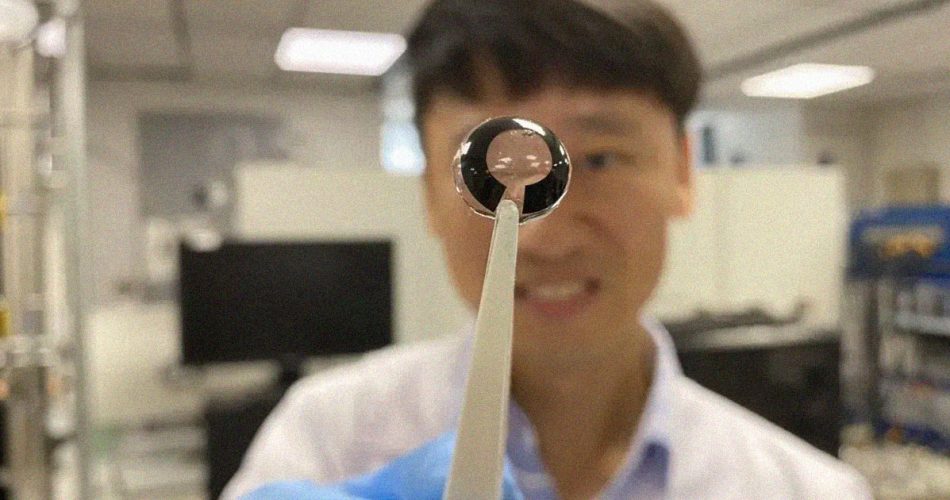

Researchers in Singapore Develop Micrometer-Thin Battery Powered by Tears
A team of researchers in Singapore has made a groundbreaking discovery in the field of smart contact lenses. They have developed a micrometer-thin battery that can store energy from human tears, potentially revolutionizing the way we power these innovative devices.
Smart contact lenses have long been hindered by the challenge of finding a suitable power source. While display technology has advanced significantly, batteries have not kept pace, often requiring an impractical external power source. However, this new battery, if successfully developed into a viable prototype, could change everything.
The research team, led by Lee Seok Woo, an associate professor at Nanyang Technological University (NTU), sought to answer a simple question: Could contact lens batteries be recharged with tears? Their findings, published in the journal Nano Energy, suggest that it is indeed possible.
A Safer and More Environmentally Friendly Solution
The micrometer-thin battery relies on glucose and water to generate electricity, making it safe for humans and less harmful to the environment compared to conventional batteries. It is constructed using biocompatible materials and features a glucose-based coating that reacts with sodium and chloride ions found in tears to produce electricity.
In an experiment using a simulated eye, the battery generated enough power to operate a smart contact lens. It produced a current of 45 microamperes at a maximum output of 201 microwatts. This elegant solution eliminates the need for bulky wireless charging systems.
While the technology is still in its early stages and has limitations, such as being able to be charged and discharged only 200 times, the research team is already collaborating with contact lens companies to bring this innovation to market.
This breakthrough could pave the way for smart contact lenses that provide turn-by-turn directions, display notifications, and present other easily accessible data without the need for external devices like smart glasses.
Read More: Startup Shows Off Working AR Contact Lens You Can Actually Wear

